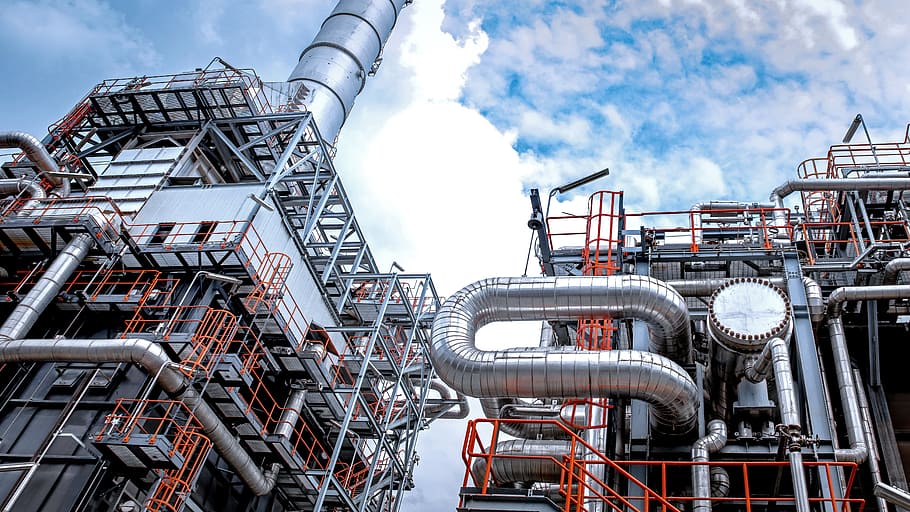Industrial automation and robotics are often likened to the orchestration of a grand symphony, where each component plays a vital role in creating a harmonious output. In the modern landscape of manufacturing and production, they embody the ballet of machines, executing intricate tasks with precision and grace. This fusion of technology and engineering not only revolutionizes industries but also paves the way for unprecedented efficiencies and innovative possibilities.
At its core, industrial automation refers to the use of control systems such as computers or robots for handling different processes and machinery in industrial operations. This includes activities ranging from heavy machinery operations to control processes in factories, boilers, and heat treating ovens, switching on telephone networks, aircraft jet engines, and other applications. The backbone of this automation lies in embedded systems, programmable logic controllers (PLCs), and centralized control systems.
Moreover, automation systems facilitate a level of control that is often unattainable through human labor alone. They offer the elegance of reducing human intervention while maintaining accuracy and speed. Imagine, if you will, this process as a meticulously choreographed dance, where each machine, sensor, and software component seamlessly cooperate, minimizing errors and optimizing productivity.
Conversely, robotics represents the tangible representation of this dance. Robots are physical entities designed to execute tasks autonomously or semi-autonomously. They range from simple robotic arms utilized in assembly line production to complex algorithms that govern autonomous vehicles. The artistry of robotics is that it possesses a unique ability to adapt and learn, creating an avenue for innovation that alters not just how tasks are executed, but the very nature of the tasks themselves.
The interplay between industrial automation and robotics invites a deeper examination of their features and functionalities. One of the most prominent advantages of automation is operational efficiency. By delegating routine tasks to machines, industries can redirect human labor to more complex and intellectually stimulating roles, akin to composers creating profound music while the instruments play their parts. This shift enables a workforce that engages in problem-solving and creativity rather than repetitive tasks.
Furthermore, the precision that automation and robotics confer leads to enhanced quality control. Automated systems can monitor processes with a level of detail that human oversight cannot match. Just as a maestro fine-tunes each note for perfection, automation fine-tunes each variable to minimize waste and optimize resource utilization.
However, the journey toward automation is neither devoid of challenges nor obstacles. One salient concern involves the initial investment. The implementation of automated systems and robots can be financially daunting for many organizations. The initial capital outlay can be substantial, requiring a calculated risk assessment, much like an investor contemplating the intricacies and nuances of a burgeoning market.
Nevertheless, the long-term ROI often offsets these initial costs. Automation leads to a reduction in labor costs, fewer defects, and improved throughput. Moreover, businesses can leverage data analytics generated by automated systems to inform strategy, uncover inefficiencies, and streamline operations further—a powerful symbiotic relationship between man and machine.
Additionally, there is a compelling discussion surrounding the socio-economic impact of industrial automation. As industries embrace this technological evolution, they face pressing questions about the future of the workforce. The transition toward automation may render certain jobs obsolete, akin to the metaphorical passing of the torch from one generation to the next. However, it concurrently creates a surge in demand for expertise in robotics design, maintenance, and systems integration. The challenge thus lies in fostering a labor market equipped with the necessary skills, suggesting a pivotal transformation in education and vocational training systems.
Moreover, the environmental implications of industrial automation cannot be overlooked. As industries automate, the potential for sustainability increases. Automated systems can optimize energy use, reduce errors that lead to waste, and facilitate adherence to environmental regulations. The analogy here is that of a river, flowing steadily and harmoniously—when guided by the right channels, it nourishes rather than floods. Yet, there remains a responsibility to ensure that the pursuit of efficiency does not compromise ethical standards and environmental integrity.
This intricate tapestry woven by industrial automation and robotics points toward a future where human ingenuity and machine precision coexist in a synergistic relationship. As technology continues to advance, the boundaries of what is possible in manufacturing and service-oriented sectors will expand. The potential for enhanced collaboration between humans and machines can lead to breakthroughs that we can only begin to imagine.
In conclusion, industrial automation and robotics represent a frontier where intelligence—both artificial and human—collide to create advancements that echo through every facet of industry. The dance between automation and robotics is both intricate and profound, promising a future that is not only efficient but also ripe with opportunities for innovation and creativity. This grand orchestration of technology invites all stakeholders—engineers, business leaders, and policymakers—to engage in a dialogue that balances efficiency with ethical responsibility, fostering an industrial ecosystem that thrives on sustainability, adaptability, and cohesion.










